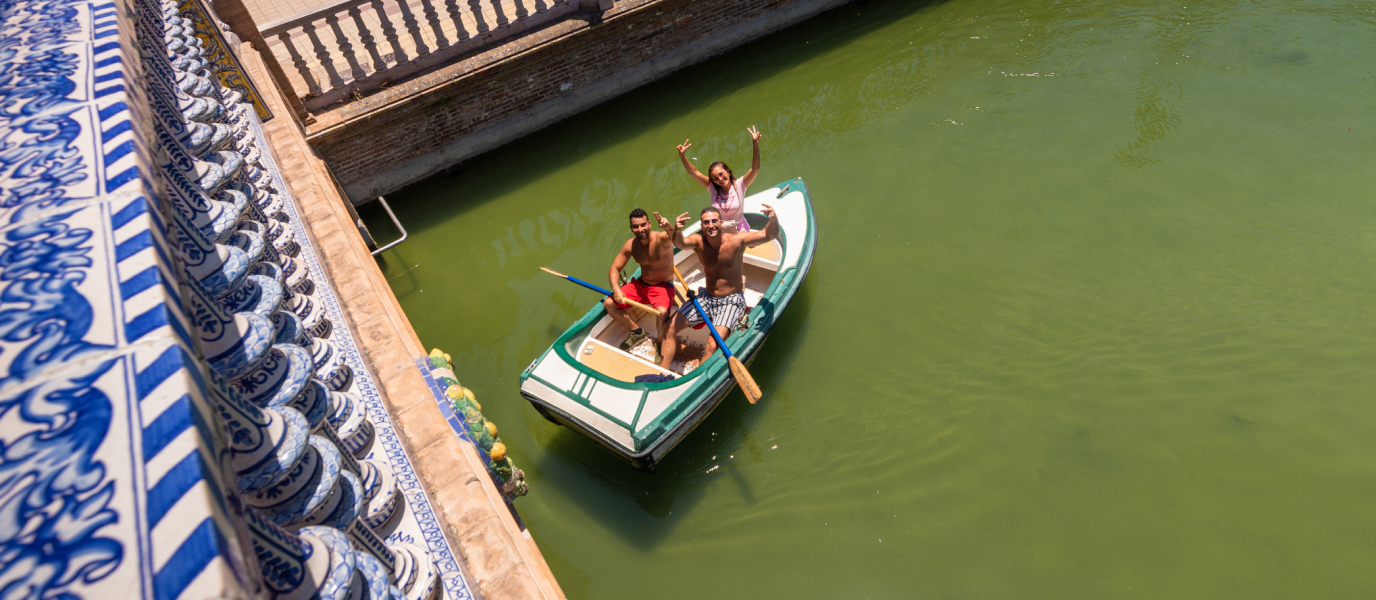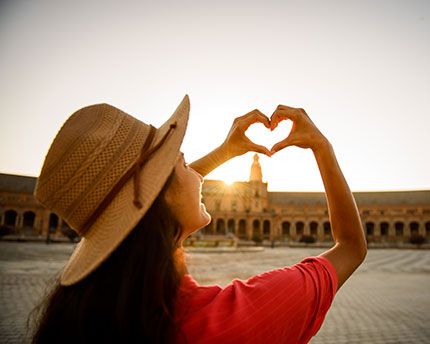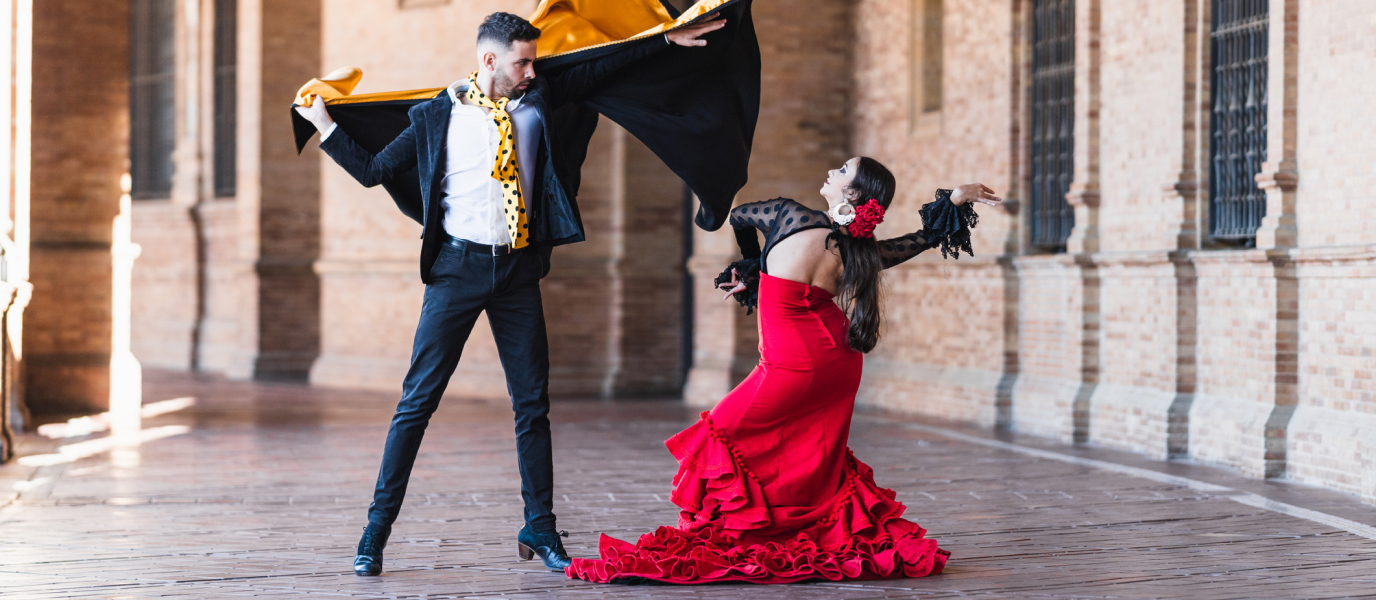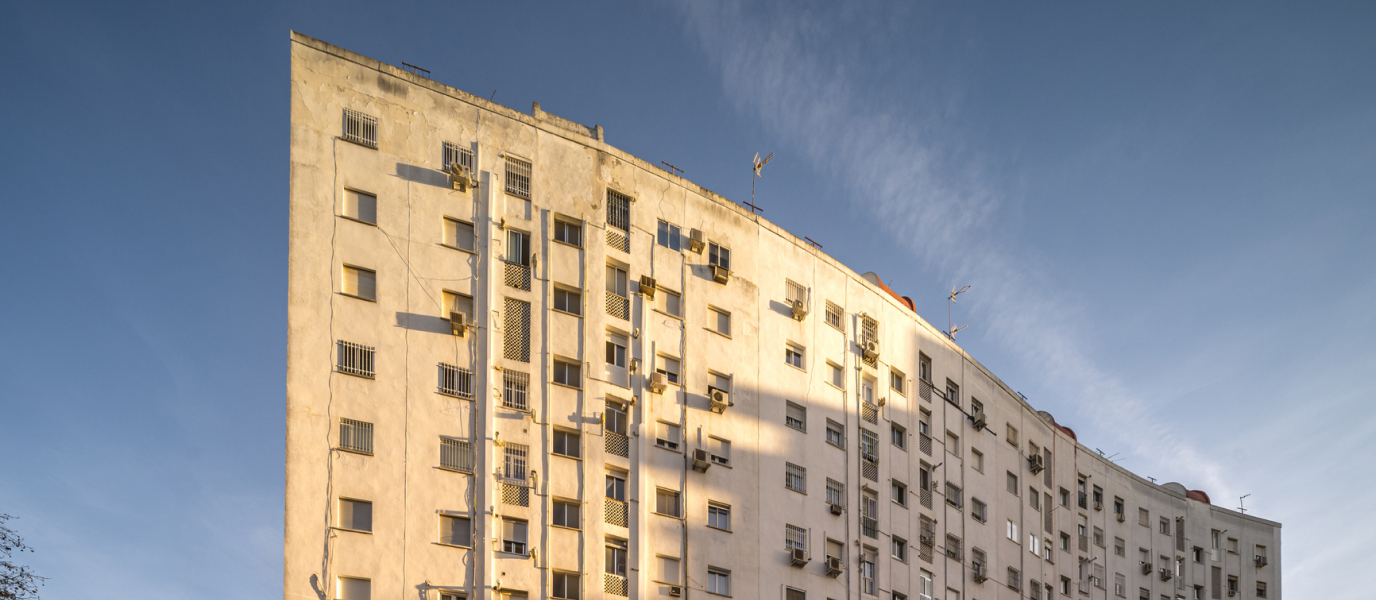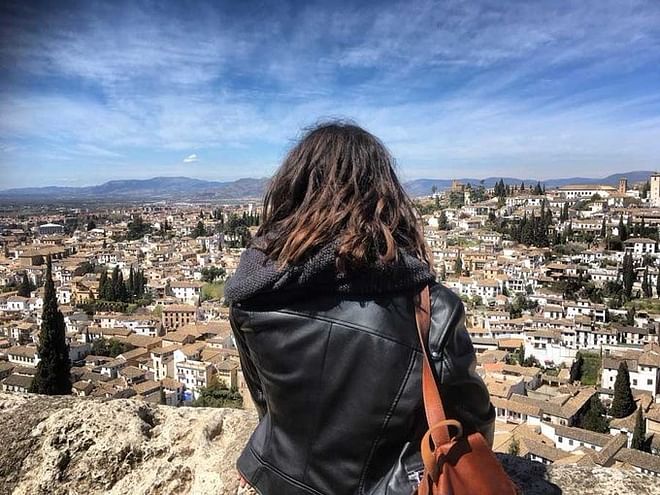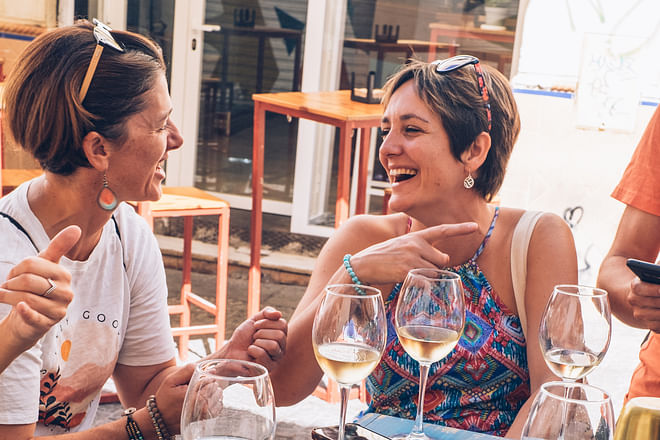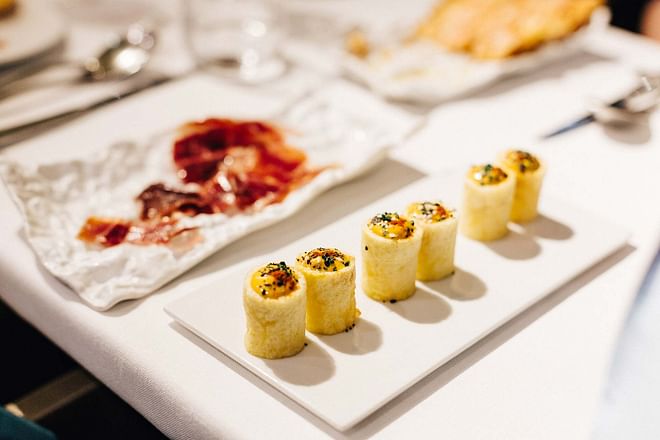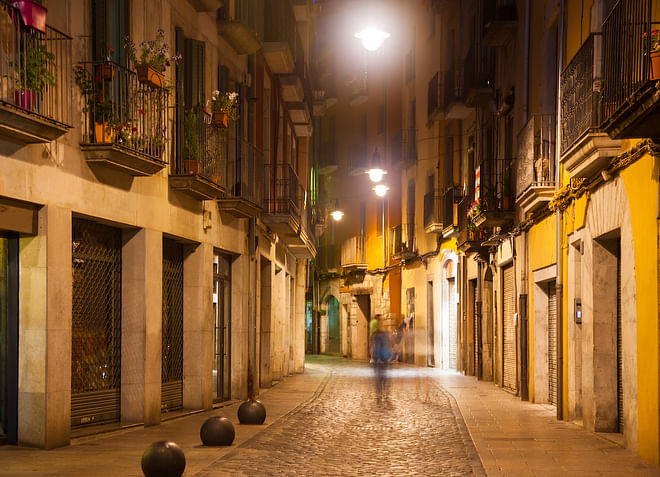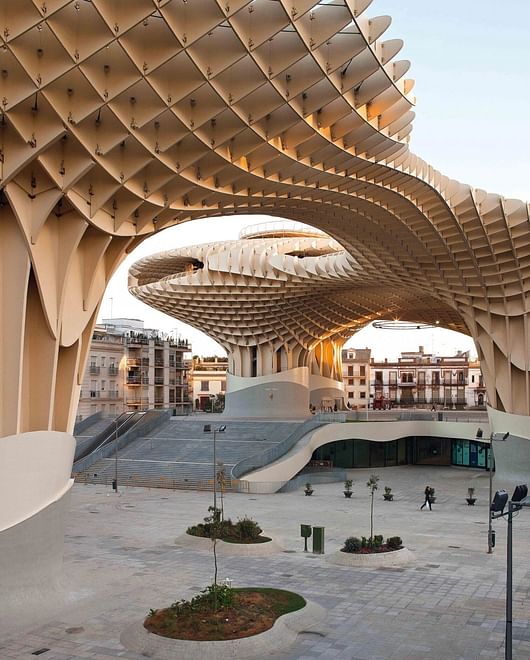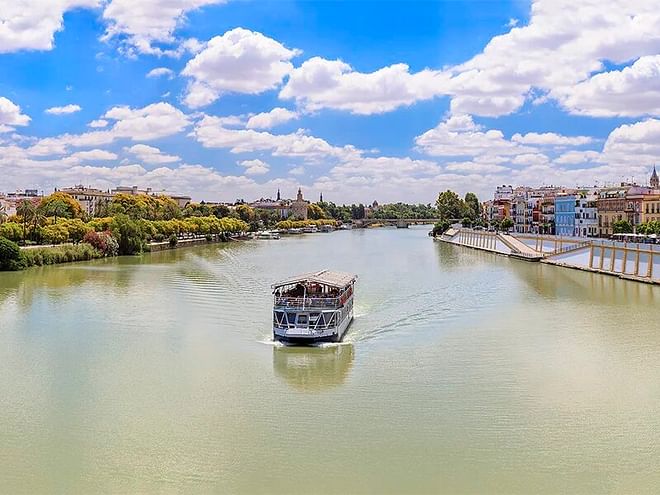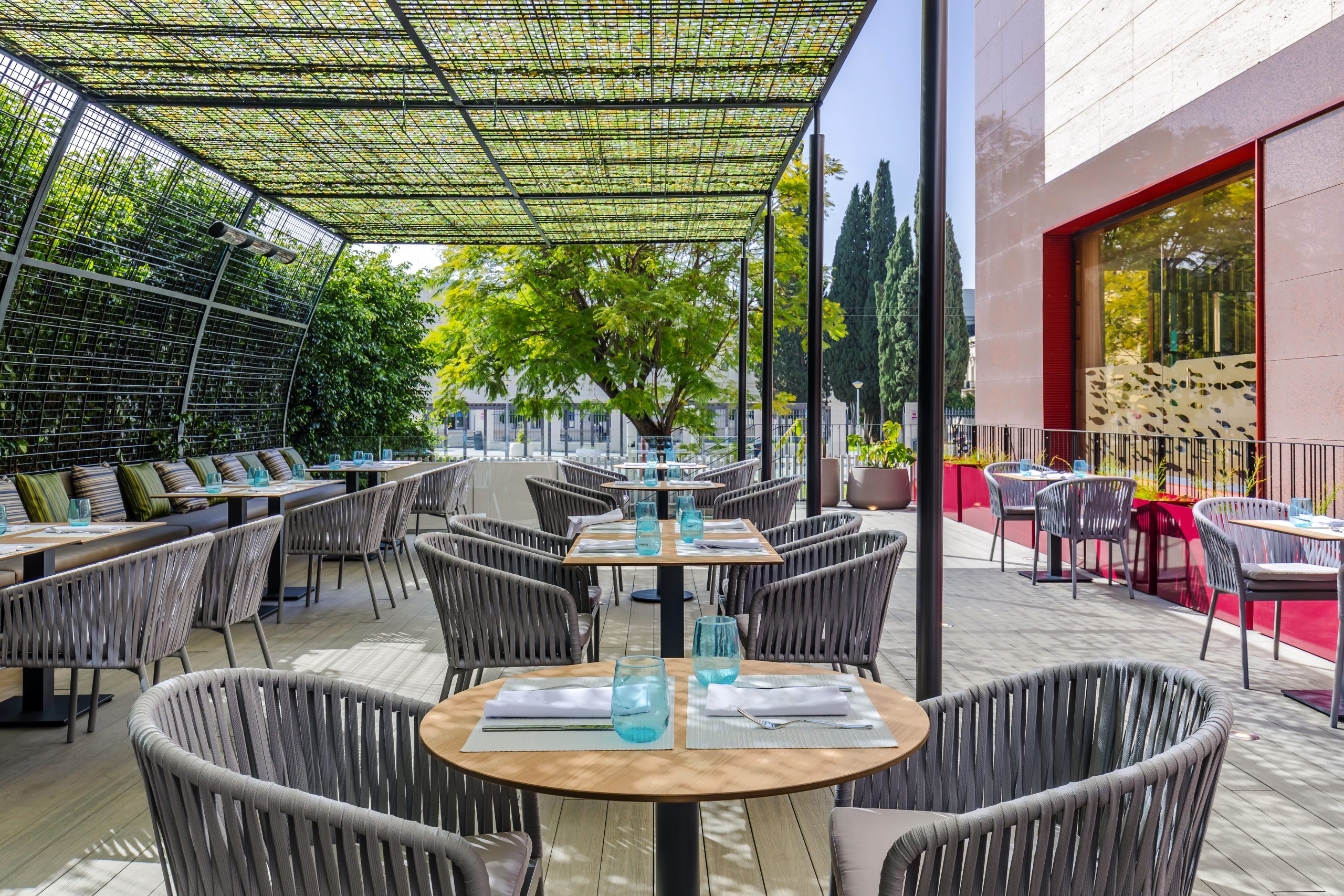People have been thinking it for years: Seville is one of those cities that no one should miss out on visiting under any circumstances. In 2018, this theory was proven to be true when Seville was finally chosen as the most fascinating city in the world by a major travel guide. And it came as no surprise because it’s a city where cultures that can be traced back thousands of years can still be seen today in its architecture and food. This makes it a unique destination where you can easily find yourself swept up by the magic; the shimming waves of the Guadalquivir; the long shadows cast by the city’s great historical monuments; the authentic flavour of the food on offer in each of its bars and restaurants; the warm, approachable nature of its people. Add to all this the long list of activities you can do in this amazing setting and there’s no need to think twice: find some good travelling companions and don’t hesitate to visit the city of La Giralda.
Water sports on the Guadalquivir
The heat of Seville is famous across Spain and temperatures soar as high as La Giralda itself. That’s why our first recommendation takes you straight to the Canal de Alfonso XIII—the artificial stretch of the Guadalquivir river that runs through the city. Shortly before the summer begins, these peaceful waters start to buzz with activity as companies and agencies that promote some truly original water sports spring into life.
And there are plenty to choose from: a relaxing guided tour by kayak with the Triana and Old Town neighbourhoods on either river bank, or more unconventional activities such as kayak polo, a team sport that combines elements of waterpolo and kayaking. You can also try SUP yoga, an innovative fusion between yoga and paddle surf where you practice yoga positions while floating on a surf board, all in a setting of unsurpassed beauty.
Horse-riding in Seville and its vicinity
However, don’t worry if water isn’t your thing. There are plenty of ways to visit Seville, on horse-back, for example. Just 12 minutes by bus from the centre, in San Juan de Aznalfarache, the Centro Hípico Doble M offers horse-riding excursions along the west coast of the Guadalquivir river (the real river, not the man-made Canal de Alfonso XIII that flows through Seville).
And if you’re looking to venture deep into unspoilt landscapes, the Centro Ecuestre Entrepinares, in the nearby town of Aznalcázar, has daily hacks along bridlepaths throughout the surrounding area. One trail leads directly to the Pinares de Aznalcázar, perhaps the most ecologically important forest in Seville province. Excursion length varies from an hour to a full day; the day option includes a picnic.
Tapas in Plaza de la Alfalfa
After all that trotting, it must be time to charge your batteries! If Madrid likes to boast about its Plaza de la Cebada, Seville can be just as proud of the Plaza de la Alfalfa. Located in the Alfalfa neighbourhood in the historical centre, back in Moorish times this space was used to store animal feed. Today, no traces of this past remain and instead the square is now one of the best areas of the city for eating tapas. It’s a typical stop on a night out for residents and a compulsory visit for new arrivals as they discover the delights of the local cuisine.
The Bodega Donaire is a traditional bar, the sort of place that’s always been around, and is famous throughout the neighbourhood for its fresh seafood. Similar in style, Bar Estrella has a strong bullfighting theme and manages to attract foreign tourists while also maintaining a loyal local clientèle. Bar Manolo is the third and final recommendation for your group tapas evening. Typically Andalusian in its décor and menu, its generously-sized and varied marinated tapas are some of the most enticing in Seville.
Three ways to discover flamenco
As night falls, Seville slowly takes on a different hue. The intense heat gradually ebbs away and the main streets begin to fill with people. Depending on where you are, you may well hear the faint strumming of guitars. In all likelihood, the sound is floating out of the many theatres, cafés and bars that like to encourage flamenco in Seville. The city is considered the world capital of this art form and Triana its birthplace, a working-class neighbourhood where flamenco can be enjoyed in not one, but a thousand different ways.
La Flamenquería (Calle Castilla, 94) teaches classes during the week. From Wednesday to Saturday, it puts on traditional flamenco shows for a 20 guests per session only. However, if you want to go to a secret flamenco gathering, ask around for CasaLa Teatro, the “smallest theatre in the world”, stashed away in Triana market.
And if you want to participate instead of watching from the side-lines, the list of clubs playing flamenco music is endless. One example is Rocío Romero (Calle Victoria, 4), an El Rocío-pilgrimage-themed bar with a dance floor, guitarist and singer where you can come and dance sevillanas every weekend.
























































